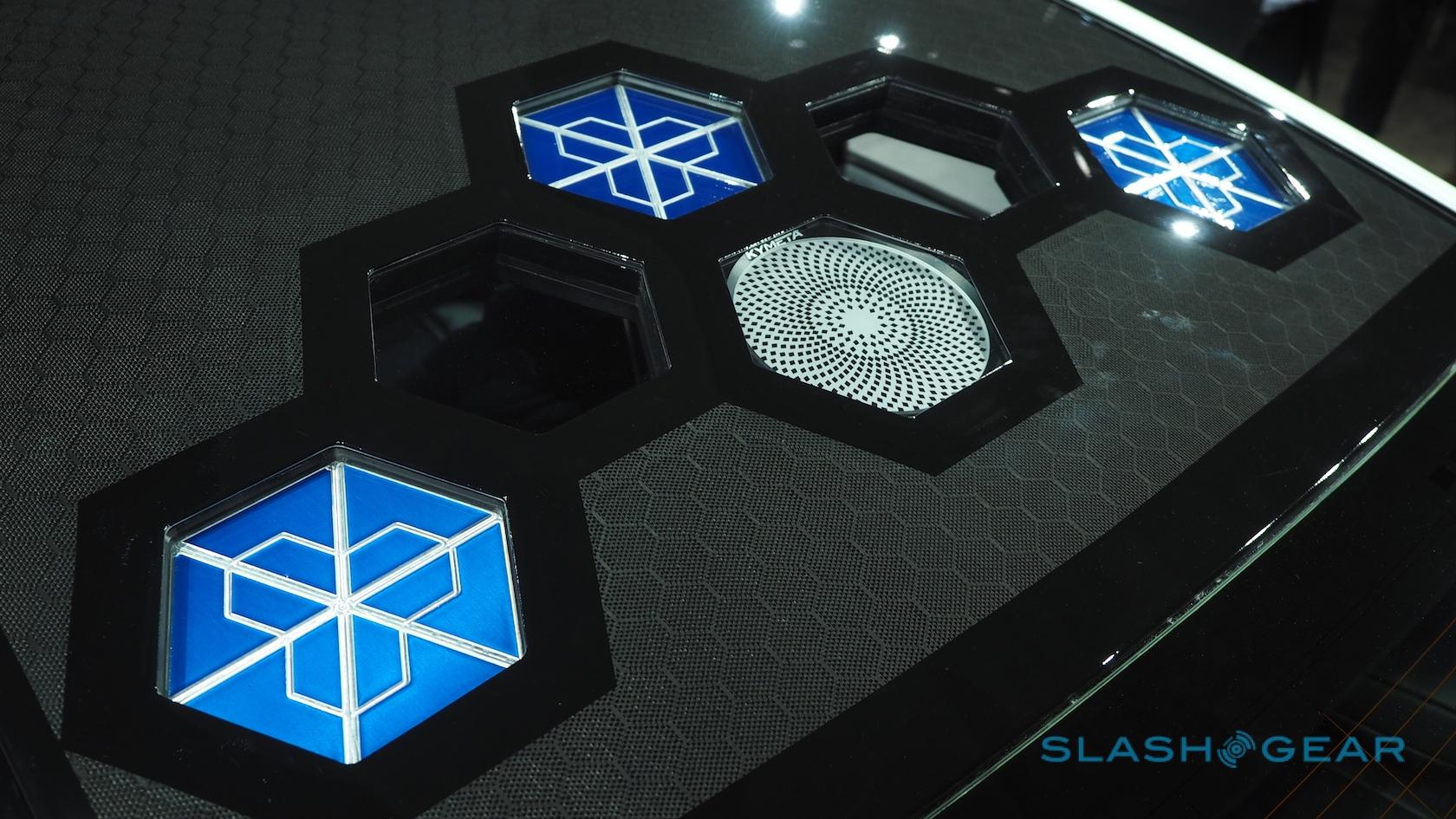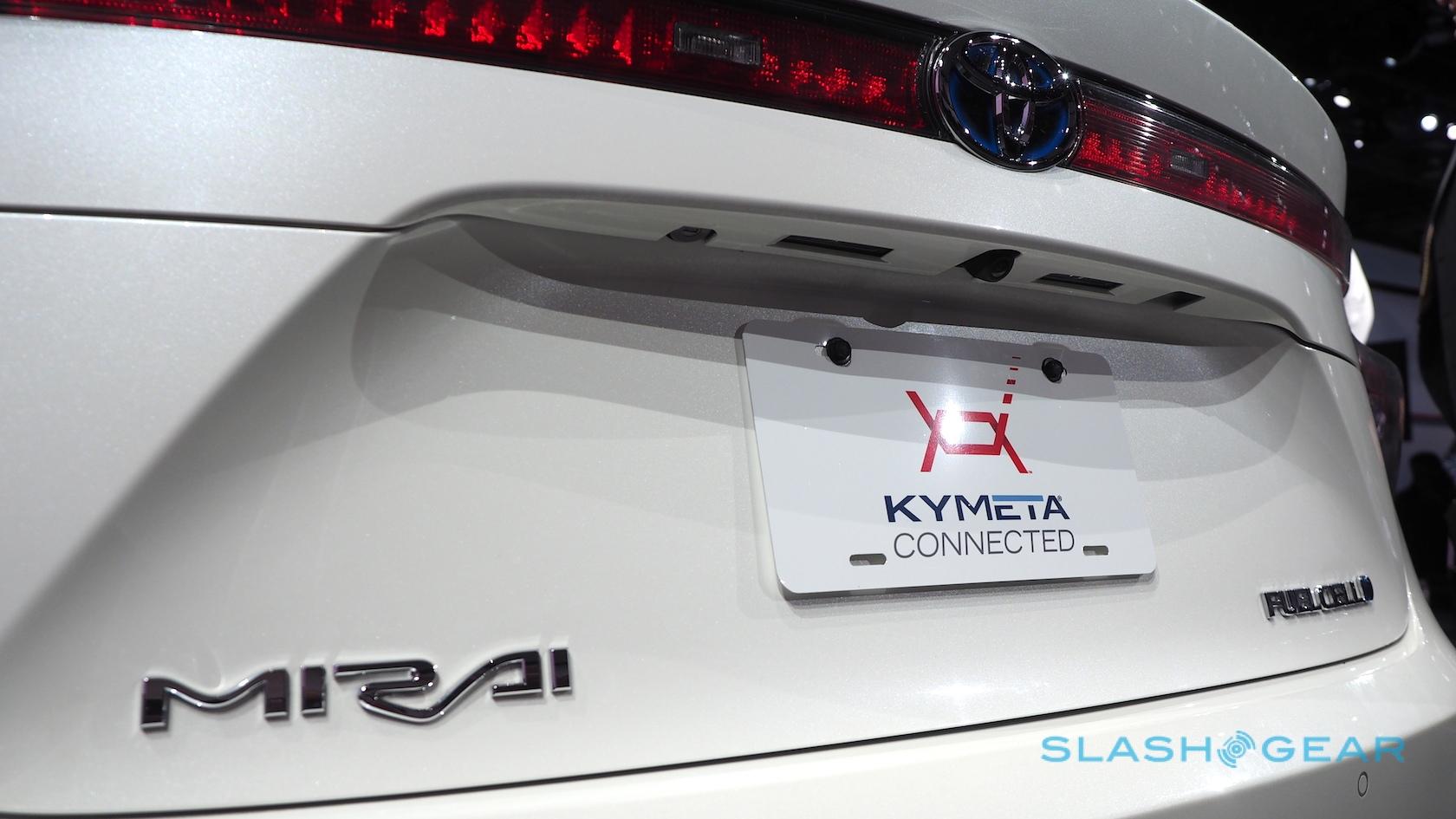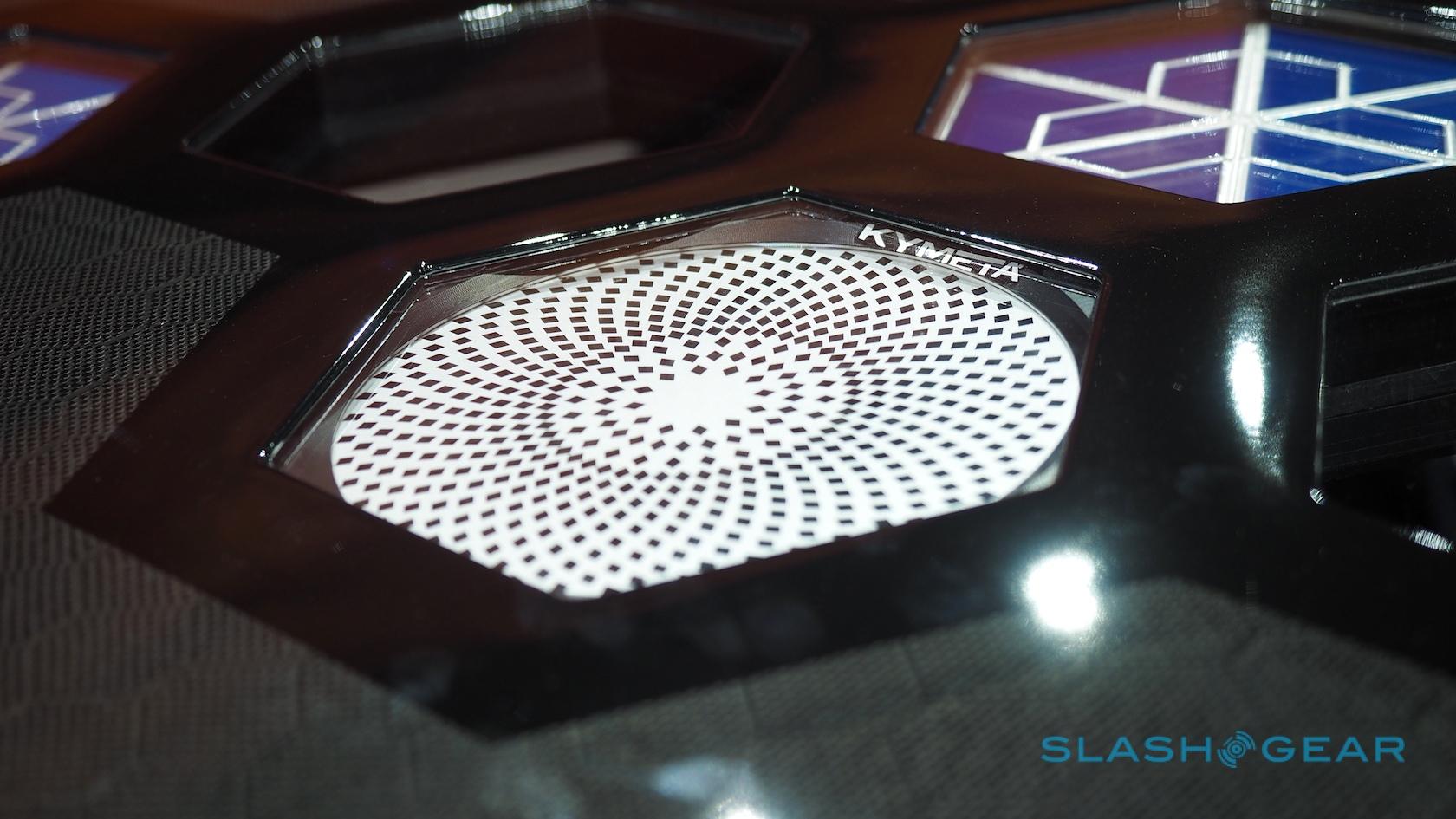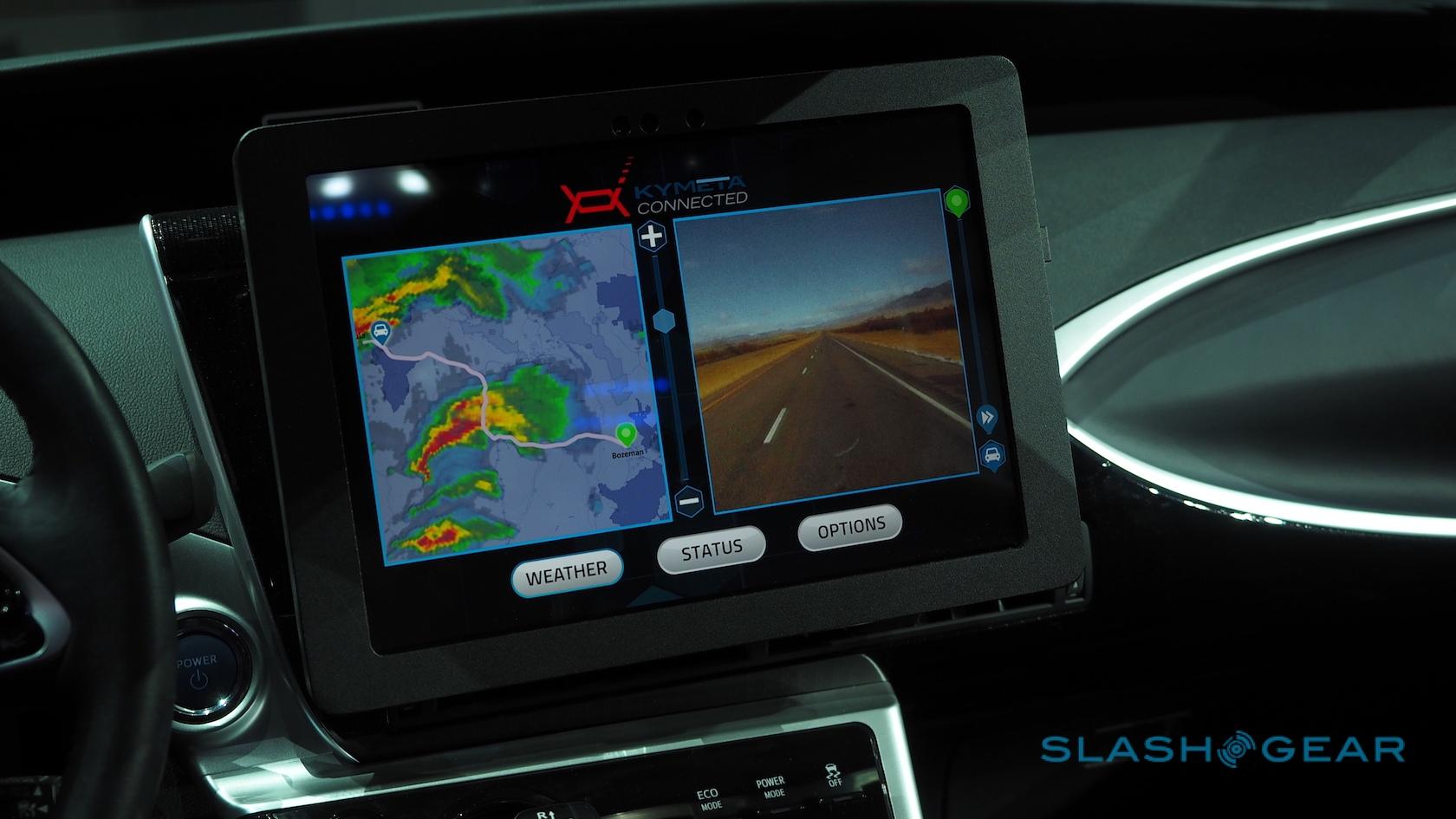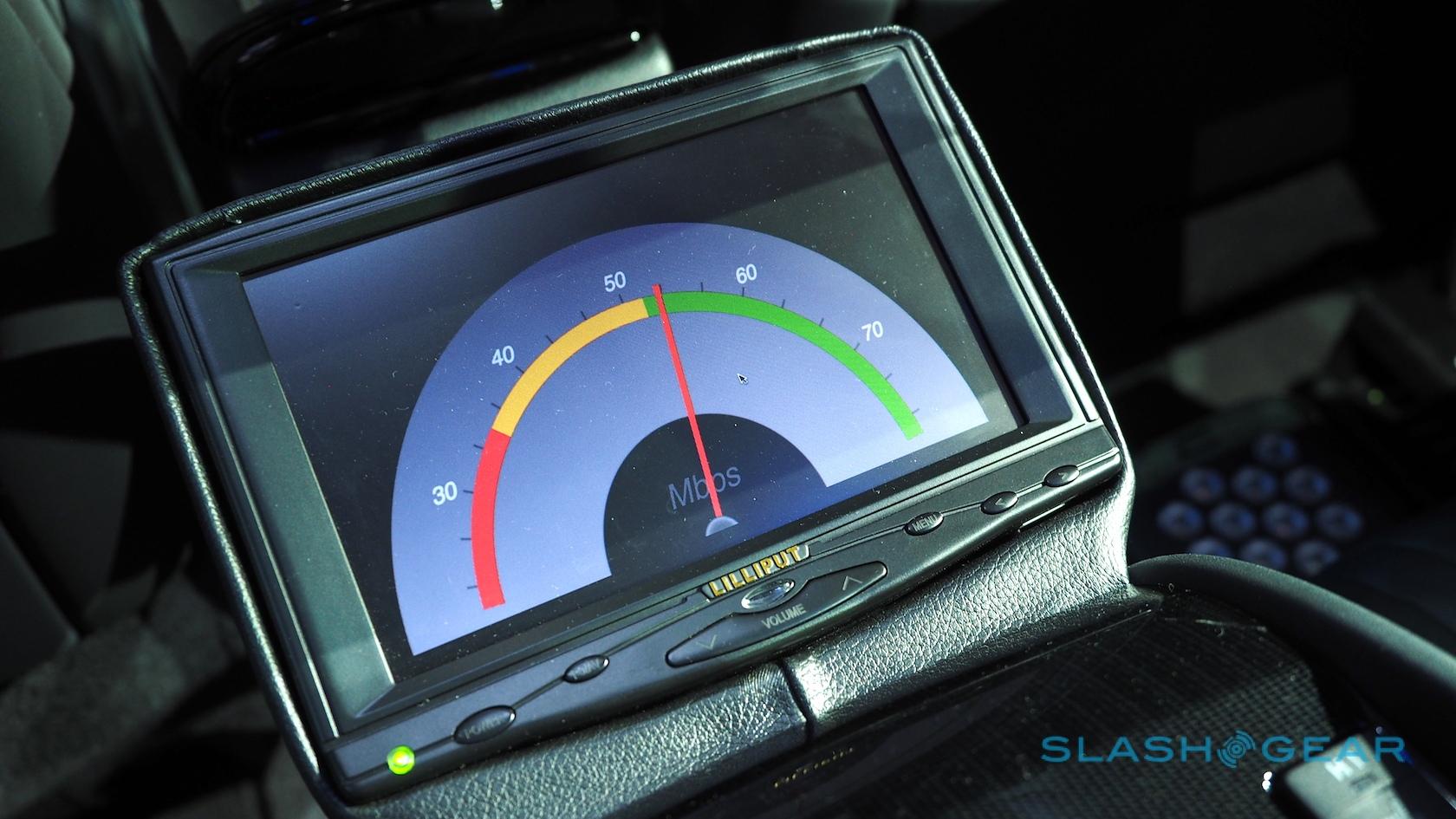Toyota Shows Satellite Mirai With Game-Changer Antenna Tech
Soon your car will be able to avoid collisions, download movies and get traffic updates from space – thanks to a breakthrough in satellite technology. Toyota revealed the next generation in connectivity at the Detroit Auto Show Tuesday: a satellite embedded in the roof of its hydrogen-powered Mirai sedan that can download data faster and more securely than cellular networks.
The flat-panel satellite receiver takes less space than traditional dish antennae and can download up to one terabyte of data (about 100 times the data available on a typical monthly cellular plan) – for over-the-air software updates, infotainment and vehicle-to-vehicle communication – per month. The receiver also takes less power, consuming only 3 watts, and multiple antennas could multiply the down- and upload rates.
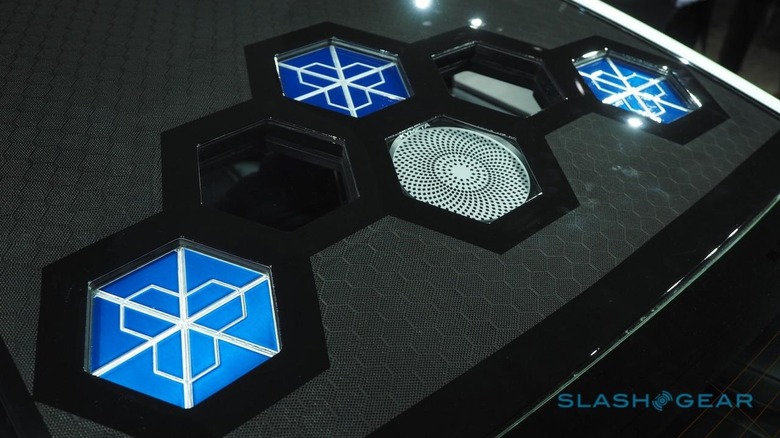
Partnering with Redmond, Wash.-based Kymeta, a Bill Gates-backed startup, Toyota showed how automakers in the future could use existing satellites in space to deliver content and transmit safety and traffic information from the road. Satellite communication has a broader coverage area than cellular data and is more reliable in natural disasters.
Toyota says satellite data has another advantage over cell service: it's more difficult to breach, vulnerable to hackers at just a couple of entry points compared with more than 100 million weak spots for cellular data.
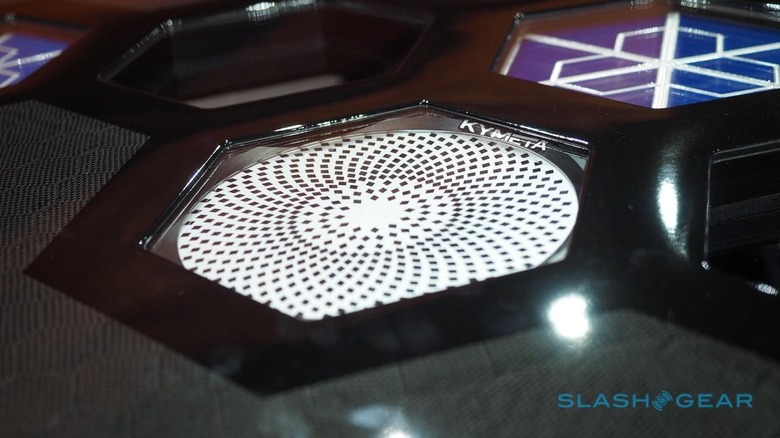
The antennae, as seen on the Mirai's roof flanked by solar panels, is circular and produced on the same lines as LCD television screens. They are also expected to cost about as much as an LCD, though the cost is expected to be baked into the vehicle price since manufacturers will be able to offset software update labor by installing remotely.
As the car moves, a holographic matrix – comprised of individual pixels that orient themselves to the direction of the satellite – can adjust position within milliseconds.
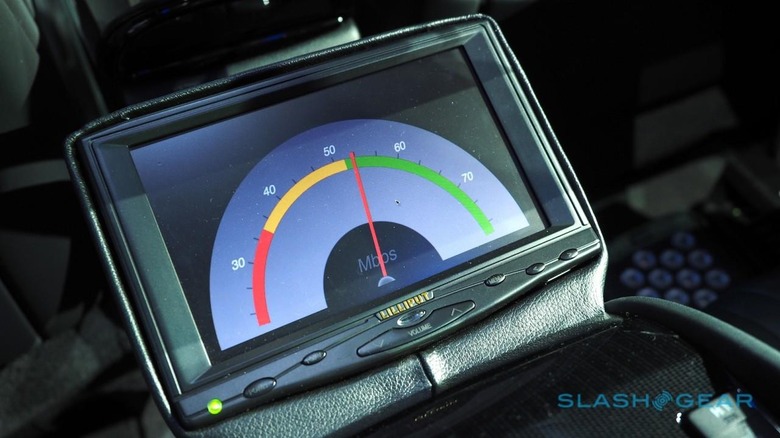
NOW READ: Toyota Mirai first-drive
The technology is expected to appear in maritime applications next year but with larger antennae (about 70 cm. in diameter compared with 15 cm. for vehicles). It could, theoretically, also be used in drones, though Kymeta wouldn't be drawn on any plans-in-progress.
There's no word on whether other automakers are departing from the 4G mindset to experiment with satellite connectivity, but Toyota doesn't expect to release the technology for another four or five years.

